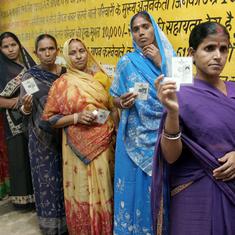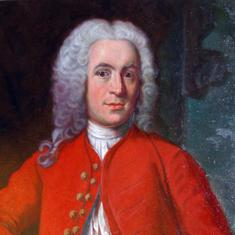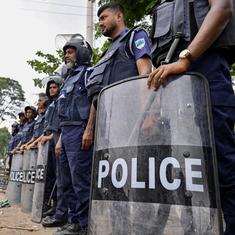SC questions Uttar Pradesh’s ‘tearing hurry’ in passing Banke Bihari temple ordinance
The court proposed to recall a May 15 verdict allowing the state government to use the temple funds for the development of a corridor.

The Supreme Court on Monday questioned the “tearing hurry” with which the Uttar Pradesh government promulgated the 2025 Shri Bankey Bihari Ji Temple Trust Ordinance, which permitted it to take over the management of the shrine in Mathura district’s Vrindavan, Live Law reported.
A bench of Justices Surya Kant and Joymalya Bagchi was hearing petitions against the ordinance.
It also expressed disapproval of the “clandestine manner” in which the state government, by filing an application in a civil dispute, secured permission through a May 15 judgement to use temple funds for the development of a corridor.
The May 15 verdict permitted the state government to use temple funds to acquire five acres of land to develop a corridor that is estimated to cost Rs 500 crore, India Today reported. However, this was allowed on the condition that the land should be registered in the name of the deity.
On Monday, the bench verbally proposed to recall the directions in the May 15 verdict, Live Law reported. It also proposed the formation of a committee headed by a retired judge to oversee the management of the temple while the validity of the ordinance was being decided by the High Court.
The bench then adjourned the hearing of the petitions against the ordinance till Tuesday.
During the proceedings, advocate Shyam Divan, appearing for the former management of the temple, told the court that the ordinance ejected the Goswamis, who were earlier managing the temple, and vested the state government with the management, Live Law reported.
He added that the directions in the May 15 judgement were passed “behind the back of the management” as they were not heard.
The verdict came in a case that dealt with a private dispute between two sects, the advocate added. The state government intervened in the private dispute and secured the orders for the utilisation of the temple funds, he added.
The lawyer for the former management of the temple urged the court to issue a status quo order and further questioned the need for the state government to urgently promulgate an ordinance.
“Ordinance is for emergency measures,” Live Law quoted Divan as having said.
The bench then asked Additional Solicitor General KM Nataraj, representing the state government, how the May 15 judgment could be justified when the affected parties were not heard. Kant criticised the manner in which the directions were passed without notice to the affected parties.
“A public notice could have been issued,” Live Law quoted Kant as having said. “It was not a case of No Man’s Land. Someone had to be heard on the behalf of the temple… Temple funds will have to be utilised for pilgrims, can’t be pocketed by private persons.”
He also added that the state government had filed an application in the dispute in a “clandestine manner”, adding that this was unacceptable.
The judge asked why the state government did not acquire the land as per the law after paying compensation. “What was the tearing hurry for the ordinance?” Live Law quoted Kant as having asked.
The case
The Banke Bihari temple in Vrindavan has historically been managed privately.
In 2023, the Allahabad High Court permitted the development of a corridor that was proposed by the Uttar Pradesh government, Live Law reported. However, it restrained the state government from using Rs 262.5 crore from the temple fund for its construction.
In March, the High Court appointed advocate Sanjay Goswami as an amicus curiae to assist in resolving management-related issues.
Subsequently, the state government promulgated the 2025 Shri Bankey Bihari Ji Temple Trust Ordinance. It proposed the creation of a statutory trust with several state government officials as ex-officio trustees.
On May 15, the Supreme Court modified the 2023 order issued by the High Court. The bench allowed the state government to use temple funds to acquire five acres of land around the temple for the development of the corridor. The verdict came in a private dispute between two sects
However, the Supreme Court allowed this only on the condition that the acquired land would be registered in the name of the deity.









